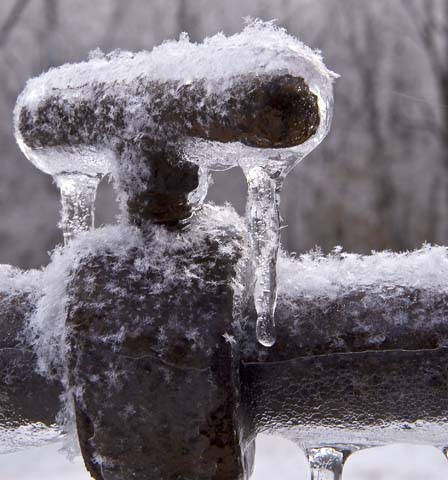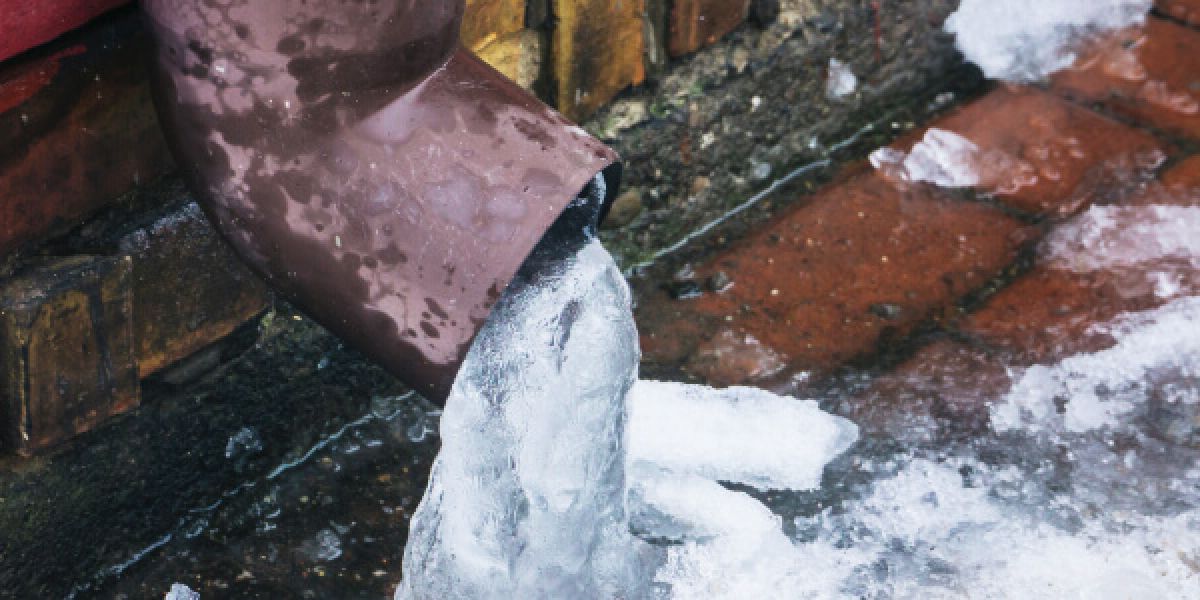Ways to Keep Your Pipes from Cold Weather Damage: Important Advice
Ways to Keep Your Pipes from Cold Weather Damage: Important Advice
Blog Article
Are you searching for facts around How to prepare your home plumbing for winter weather?

Cold weather can damage your pipes, particularly by freezing pipes. Here's exactly how to prevent it from occurring and what to do if it does.
Intro
As temperature levels drop, the threat of frozen pipes increases, possibly leading to costly repairs and water damages. Recognizing exactly how to avoid frozen pipes is vital for house owners in cool climates.
Avoidance Tips
Shielding at risk pipelines
Cover pipes in insulation sleeves or utilize warm tape to secure them from freezing temperature levels. Focus on pipelines in unheated or outside locations of the home.
Heating methods
Maintain indoor areas sufficiently heated, specifically locations with plumbing. Open cupboard doors to permit cozy air to distribute around pipelines under sinks.
Exactly how to identify frozen pipelines
Search for lowered water flow from faucets, unusual smells or sounds from pipes, and visible frost on exposed pipelines.
Long-Term Solutions
Architectural adjustments
Consider rerouting pipes far from outside wall surfaces or unheated areas. Include extra insulation to attics, cellars, and crawl spaces.
Updating insulation
Invest in premium insulation for pipes, attic rooms, and wall surfaces. Correct insulation assists keep constant temperatures and reduces the threat of frozen pipes.
Protecting Outdoor Plumbing
Yard hose pipes and outside faucets
Detach and drain garden pipes before winter months. Set up frost-proof faucets or cover outside taps with insulated caps.
Recognizing Icy Pipes
What triggers pipelines to ice up?
Pipes freeze when exposed to temperatures listed below 32 ° F (0 ° C) for expanded durations. As water inside the pipelines freezes, it expands, putting pressure on the pipe wall surfaces and potentially causing them to break.
Risks and problems
Icy pipes can cause water system disturbances, property damage, and costly fixings. Ruptured pipes can flood homes and create considerable structural damage.
Indicators of Frozen Water Lines
Identifying frozen pipelines early can stop them from rupturing.
What to Do If Your Pipes Freeze
Immediate actions to take
If you think frozen pipelines, keep faucets open up to relieve stress as the ice melts. Use a hairdryer or towels taken in hot water to thaw pipelines slowly.
Verdict
Protecting against frozen pipes requires aggressive measures and quick feedbacks. By understanding the reasons, indications, and safety nets, homeowners can secure their pipes throughout cold weather.
6 Proven Ways to Prevent Frozen Pipes and Protect Your Home
Disconnect and Drain Garden Hoses
Before winter arrives, start by disconnecting your garden hoses and draining any remaining water. Close the shut-off valves that supply outdoor hose bibs and leave the outdoor faucet open to allow any residual water to drain. For extra protection, consider using faucet covers throughout the colder months. It’s also important to drain water from any sprinkler supply lines following the manufacturer’s directions.
Insulate Exposed Pipes
Insulating your pipes is an effective way to prevent freezing. Pipe insulation is readily available at home improvement stores and is relatively inexpensive. Pay close attention to pipes in unheated areas such as the attic, basement, crawl spaces, or garage. Apply foam insulation generously to create a buffer against the cold. You can also wrap your pipes in heat tape or thermostat-controlled heat cables for added warmth.
Seal Air Leaks
Inspect your home for any cracks or openings that could let in cold air. Seal any holes around the piping in interior or exterior walls, as well as the sill plates where your home rests on its foundation. Additionally, make sure to keep your garage door closed unless you’re entering or exiting. Leaving it open creates a significant air leak that can lead to frozen pipes.
Allow Warm Air Circulation
During cold snaps, it’s essential to allow warm air to circulate evenly throughout your home. Leave interior doors ajar to promote better airflow. Open kitchen and bathroom cabinets to help distribute heat consistently around the rooms. If you have small children or pets, be sure to remove any household chemicals or potentially harmful cleaners from open cabinets for safety.
Let Faucets Drip
A small trickle of water can make a big difference in preventing ice formation inside your pipes. When temperatures drop significantly, start a drip of water from all faucets served by exposed pipes. This continuous flow helps prevent the water from freezing. Additionally, running a few faucets slightly can relieve pressure inside the pipes, reducing the chances of a rupture if the water inside does freeze.
https://choateshvac.com/6-proven-ways-to-prevent-frozen-pipes-and-protect-your-home/

As an enthusiastic person who reads about 6 Ways to Prevent Frozen Pipes, I assumed sharing that piece of content was important. So long as you appreciated our page kindly consider to pass it around. We enjoy reading our article about How to prepare your home plumbing for winter weather.
Check Us Out Report this page